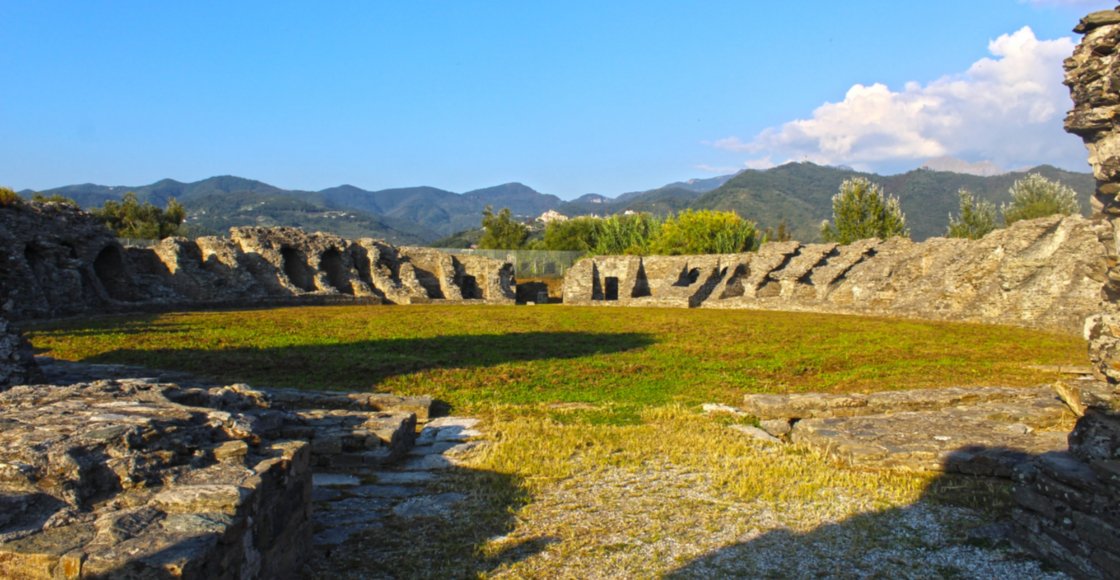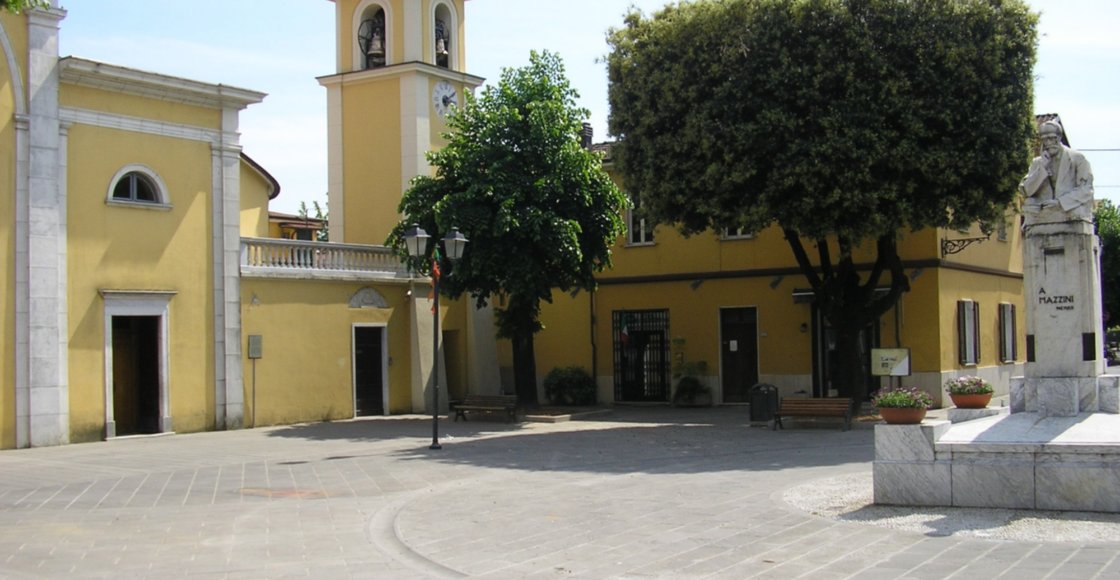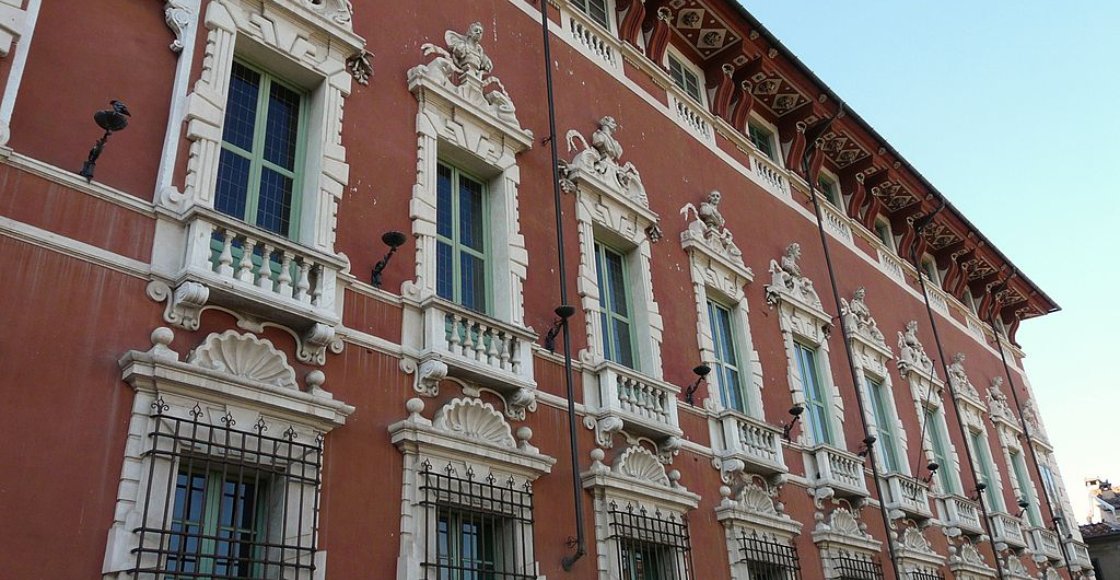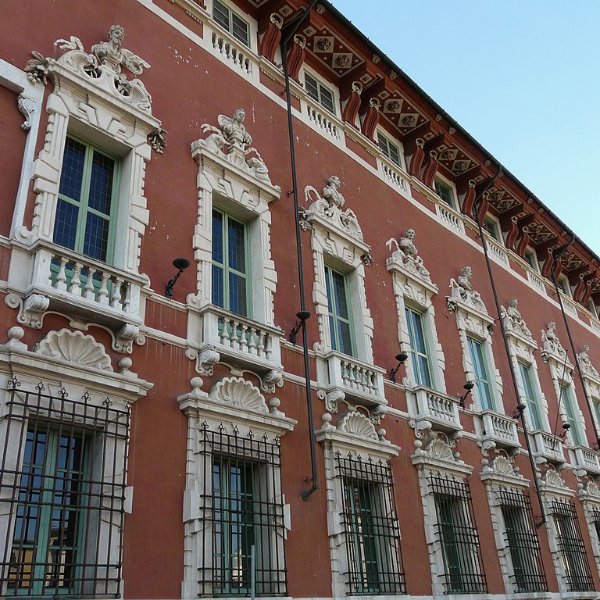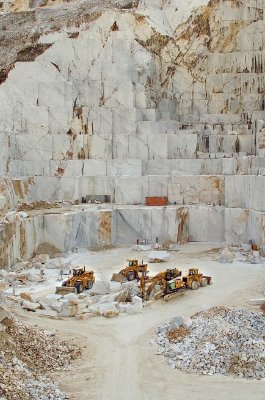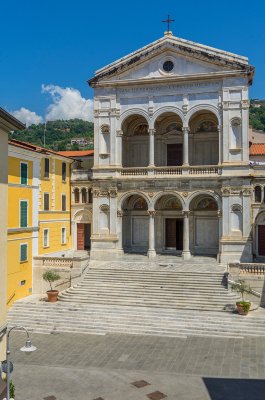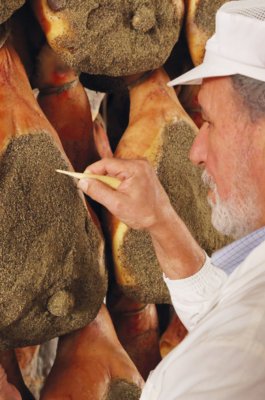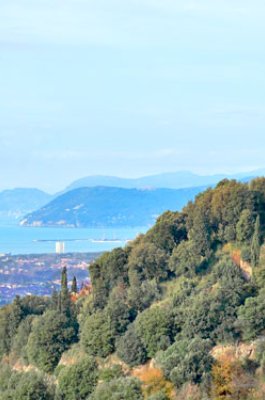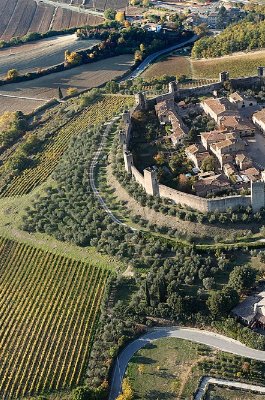The stage is flat and runs mainly along paved roads that traverse fields and hills covered with rows of crops, gradually leading to the sea. The air becomes salty, a prelude to your arrival in Luni, an ancient Roman port and an important archaeological site where pilgrims once embarked for Santiago de Compostela.
Continuing on, the path reaches the village of Avenza, dominated by the Tower of Castruccio, an imposing medieval landmark. Views open up to the Apuan Alps and the sea, accompanying walkers all the way to Massa. Here, in the historic center, the Malaspina Castle dominates from above, providing striking glimpses toward the Tyrrhenian Sea, while the Ducal Palace—the color of Rosso Cybeo, a local red wine—stands out among the trees in Piazza Aranci.
The stage ends in Piazza Duomo, where the Cathedral dedicated to Saint Peter and Saint Francis enchants with its marble façade and precious works of art, such as a Madonna and Child by Pinturicchio, frescoes, paintings and sculptures that narrate centuries of devotion and religious tradition.
Three refreshment points are intercepted along the way, in Caniparola, Mani di Ferro and Avenza, where water supplies are available.








